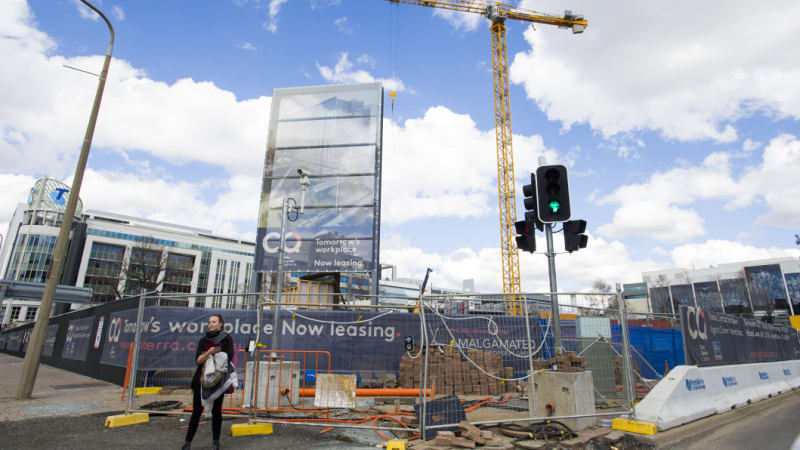
Put this way it seems that the current growth in Canberra is just another example of old ways pitted against inevitable progress. The pain of losing past folkways and byways is understandable, but ultimately the vibrancy of being a new world city like Sydney, or Hong Kong or Melbourne (three places mentioned by Mr. Georgalis in his interview) will make up for that. Besides, though more urban, this will remain a relatively smaller, greener, city, with investments such as light rail keeping it accessible and healthy.
Loading
What is missing in this futurism (utopian or dystopian as the case may be) is the question of what city Canberra will most be like when it “grows up”. And far from being the next, say, Amsterdam, the future here looks to be more like that of Los Angeles given past and current development, transport planning and infrastructure investment trends. This may not be an entirely bad outcome, but it surely is not what most people seem to be planning on.
Consider Los Angeles in 1960. It was sprawling, low-density, car-dependent. Yet this city of freeways to outsiders, was to residents actually a network of local neighbourhoods. They were in very different, far-flung settings (ranging from Redondo Beach to inland Thousand Oaks). But most were equipped with footpaths and walkable local shops and schools. Thoroughly unplanned and development-driven, the city was far from ideal as far as distances between work and home were concerned. But those trips, and the various additional leisure jaunts to the beach, the canyons or the desert, were the only ones most families needed to make by automobile and traffic was not yet the nightmare is was to become. It was city living with a car but with lots of natural open space, community and year-round sun.
Is Canberra destined to turn into a place like Los Angeles: a medium-density city over a vast spatial catchment.Credit:Shutterstock
We all know what has happened to LA. Rapid, largely unplanned growth, based on an existing pattern of decentralised residential and employment, led to increasing population and housing density – LA now is actually a medium-density (by some measures high-density) city – but over a vast spatial catchment with continuing car-dependence. The result is by no means an unmitigated disaster, bringing increasing diversity, more coherent urban form, and some lively communities with actual pedestrians walking to actual places (Mid-Wilshire and Westwood being two examples).
But the natural amenity that so many Angelenos of old celebrated has been covered over with new development. Southern Californian automobile traffic is now legendary. And while public transport has been vastly improved, with a now extensive network of rapid buses and light rail lines, the largeness of the physical service area, combined with continued dispersal of residential and commercial development, means that billions of dollars in increased transit investment still yields a vast majority of trips made by car.
Canberra has all the ingredients for repeating a version of this development model, and in many ways already is.
Transit investment is touted – but follows development rather than leading it. New suburbs are contained but are still rolling out, increasing residential/commercial dispersal. Green space is still ample – but being infringed upon steadily and its supply is not unlimited. Dense urban infill is happening, but largely uncoordinated, mostly based on private developer bottom-line.
By themselves these are not ‘bad’ things, but they will not sort themselves into the modern livable city that some claim it will. If we don’t want to become the ‘Bush LA’ we should adjust our policies consciously and accordingly now.
Dr Cameron Gordon is an adjunct associate professor at the University of Canberra, Centre for Research and Action in Public Health and Australian National University, Research School of Management.
Most Viewed in National
Loading
Source: “Los Angeles” – Google News
